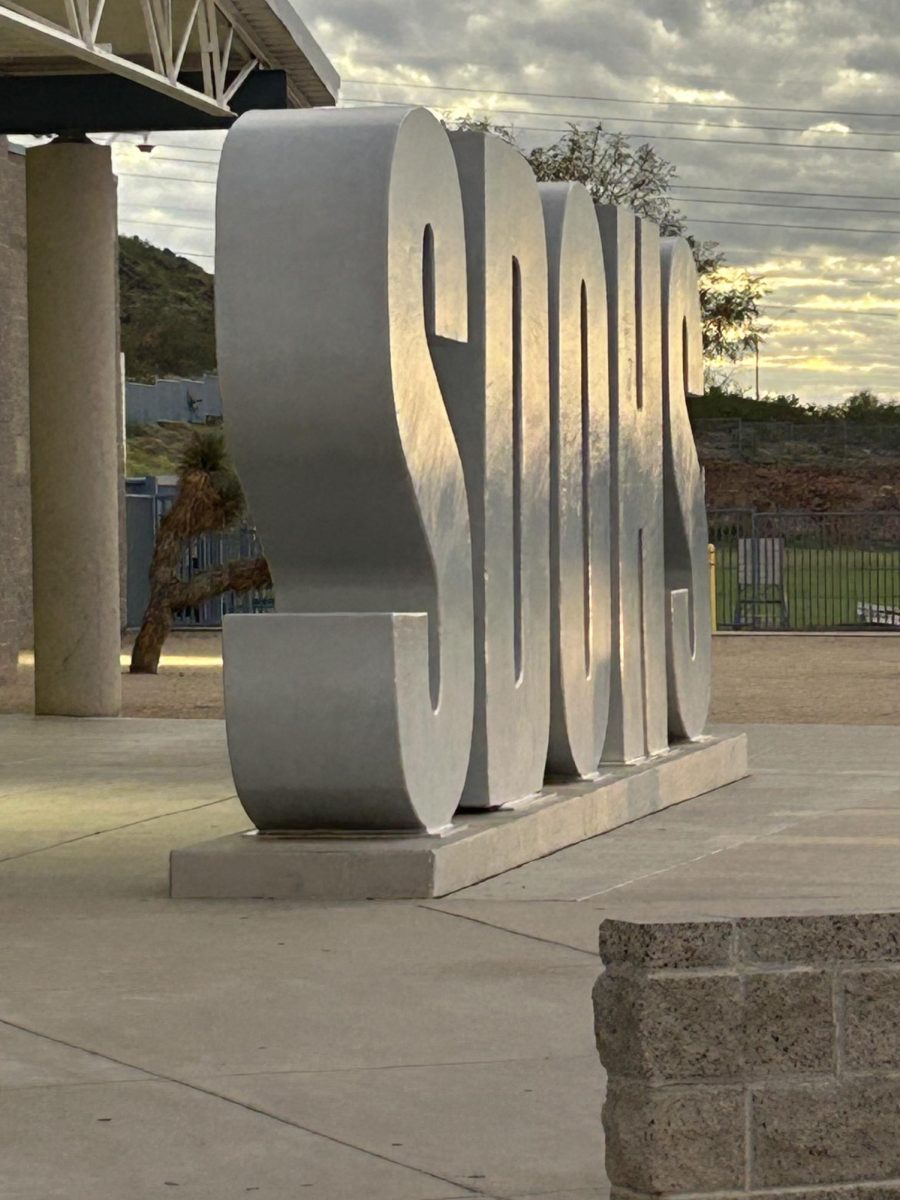Public schools have been around for almost 400 years, and prep schools have existed since the 19th century. While there are differences between the two schools, it is clear that each has different standards when it comes to education and how they run their school. Prep schools tend to have a higher academic standard and offer a tuition-based program that allows for flexibility, while the government funds public schools and offers free education.
While prep schools have the funds and a different standard when it comes to education and how they take care of their students, it also comes down to the well-being of the student and if they are truly happy and are alright with how the school deals with problems. Public schools, even though they have a bigger class size, also have an advantage where the student can choose whatever class they want and they get to have fun in the classes, while also being able to learn.
“I really like the classes here at OHS; the classes are pretty good. Why I like the classes is because I get to talk with my friends,“ said Zoey Wilkinson, junior at OHS.
Prep schools emphasize academic excellence and provide a thorough curriculum that could include advanced placement (AP) or honors classes. Prep schools will often push the student’s limits so that they can succeed academically, whether the student is in middle school or high school. The classes can be hard and challenging to some students.
“[With] classes at my current school, since they pretty much choose your classes for you, you have to take multiple AP classes which are significantly harder than just regular core classes,” said Vayda Aubry, junior at ASU Prep Academy.
When you look at public schools, they have big classrooms, free education, and a diverse student population. Parents might switch their kids to public schools because the prep schools were too hard on the student, which then makes public schools easier on the student since the school can then go at the student’s pace.
“The classes at BASIS were much more challenging there than here at OHS because they taught different courses but at much higher and faster paces,” said Natalie Duong, junior at OHS.
Students can find that public schools are a little easier than prep schools because they are not learning at a college-based level and can take easier classes. Prep schools will push their students to succeed in their education, and that can require a lot of time and effort for the student, which then can lead the student to be up for most of the night, trying to get their work done.
“ [My in person school] helped me recover from that and allowed me to have time to understand the material from the lessons they taught, seeing how the teachers there cared for everyone’s well-being. Overall, it helped my mental health, and I wouldn’t worry so much about grades anymore,“ said Aurora Cortez, junior at Mountain Ridge.
While prep school is not impossible, it definitely brings out challenges for students, and public schools tend to be a little more lenient for assignments, whereas prep schools are more strict. Prep school can have a habit of putting pressure on the students to get work done when it is a subject that either the student is not confident in or it requires a lot of work and effort.
“It felt like I was being a robot or having to [pile] up on me whenever a test is coming up or when assignments are due,“ Cortez said.
Most of the students here at OHS have never been to a prep school but still face the challenges here with regular classes. Classes here at OHS are not perfect, but they still get students’ academic level. Even if some students use talon time as a way to see their friends or use talon time as a way to work on missing work, homework, and or retaking a test it helps students get stuff done.
“I like Talon Time since it is just a time to finish up work you had missed, and maybe gives you a chance to hangout with friends too,” Wilkinson said.



